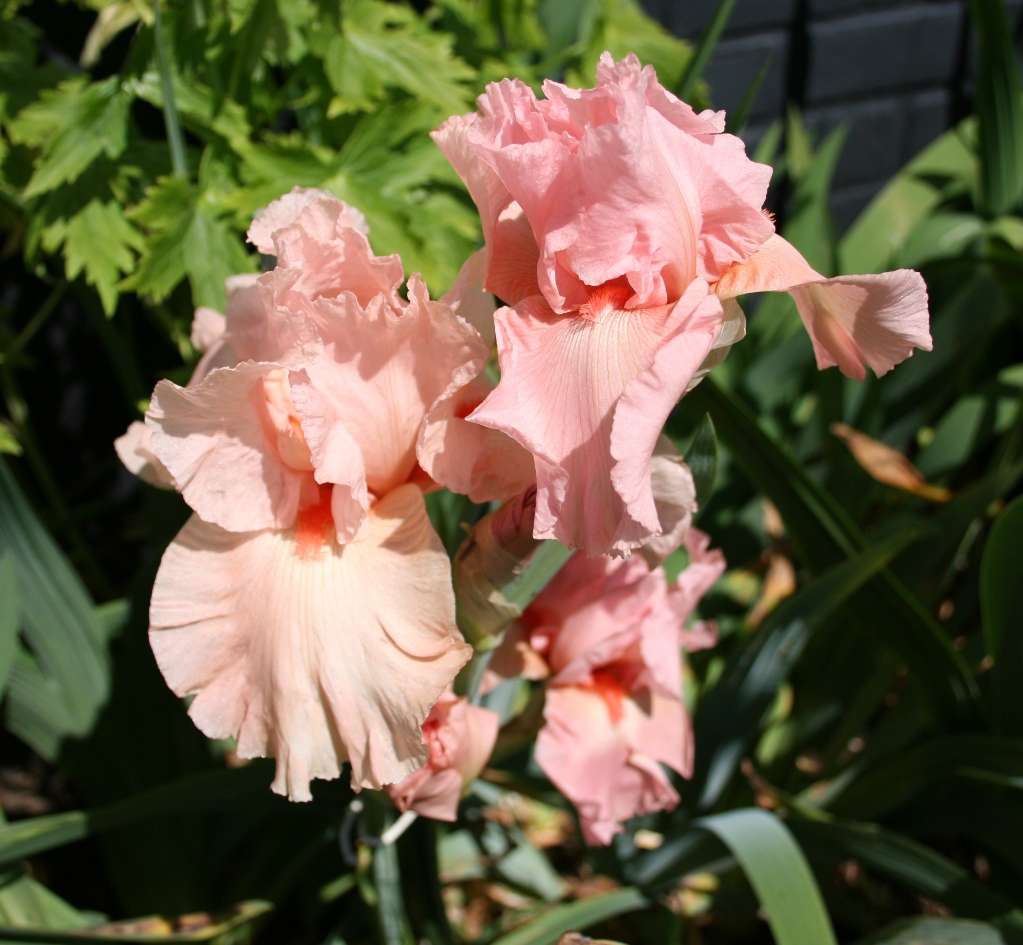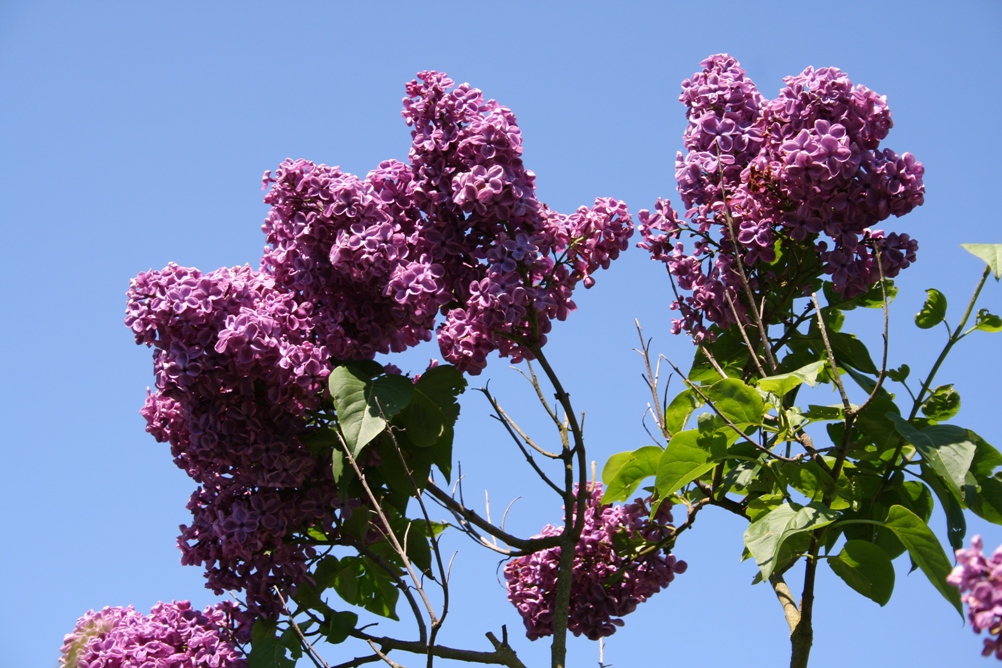The wild oxeye daisy, Leucanthemum vulgare, blooms weeks ahead of its cultivated hybrids, so I have a bed of them in the garden. They seed into the lawn, which is a nuisance, but they do look lovely in early spring. At this time of year the roadsides are decorated with cow parsley and red campion, making a pretty show when mixed with bright yellow oilseed rape.
Wednesday, 30 May 2012
Tuesday, 29 May 2012
Iris germanica
Iris germanica need well drained soil and plenty of sun. Ours grow up against a south-facing wall and so tend to grow outwards from the wall. This year, with lots of rain and very low levels of sunshine, many of the unusually long flower heads snapped off in the winds. Still, there were enough left over to put on a good show.
White City
Foggy Dew
Princess Caroline of Monacco
Butterscotch Kiss
Magical Encounter
Dusky Challenger
Dutch Chocolate
Pink Charm
White City
Foggy Dew
Princess Caroline of Monacco
Butterscotch Kiss
Magical Encounter
Dusky Challenger
Dutch Chocolate
Pink Charm
Monday, 28 May 2012
Sunday, 27 May 2012
Rosa xanthina ... canary bird rose
Rosa xanthina, commonly called the canary bird rose, blooms early in spring, way ahead of other rose varieties. Their charmingly small bright yellow flowers have a deliciously sweet spicy scent and are carried on gracefully arching branches, making it overall one of my favourite roses.
Viburnum and laburnum
A host of viburnums grace the gardens of England, and here are two of them. The first is a very sweet-scented variety, Viburnum burkwoodii, with its beautiful pink buds and pale pink to white flowers. Then there is Viburnum opulus with its beautiful white flowers in flat-headed bracts, looking spectacular in autumn when the leaves turn red, and finally falling to leave behind bright red berries which last until the birds have eaten them all. Last in this post are the gracefully hanging buds of Laburnum alpinum which have now given way to beautful yellow chains of flowers. Our young tree is only in its third year in our garden, and so has a long way to go!
Saturday, 26 May 2012
Wild phlox, more azaleas, begonias and bee lavender
I think the first flowers, Hesperis matronalis below are of American origin, where they are called wild phlox. It creates a lovely display each year, but I never get around to staking it, so it falls gracefully into the pathway. Azaleas are still going strong, and are now joined by the small double perpetual flowering begonias, which will put on a lovely show right through to early autumn. Nearby in the herb garden, bee lavender is looking good and attracting some bees brave enough to venture out in the cold and wet weather we are having.
Rhododendrons and azaleas
Our soil is very alkaline, rich in lime, and so we ought not to be able to grow rhododendrons or azaleas. However, when in Scotland a few years ago I uprooted a seedling of one of the ones that grow wild there, where they are considered a noxious weed. I started it off in a pot with acid compost, but finally decided to plant it out in a shady corner of the garden, where it has done very well indeed, much to my surprise. The more interesting varieties all have to be nurtured on rain water and grown in tubs.
Subscribe to:
Comments (Atom)


























































